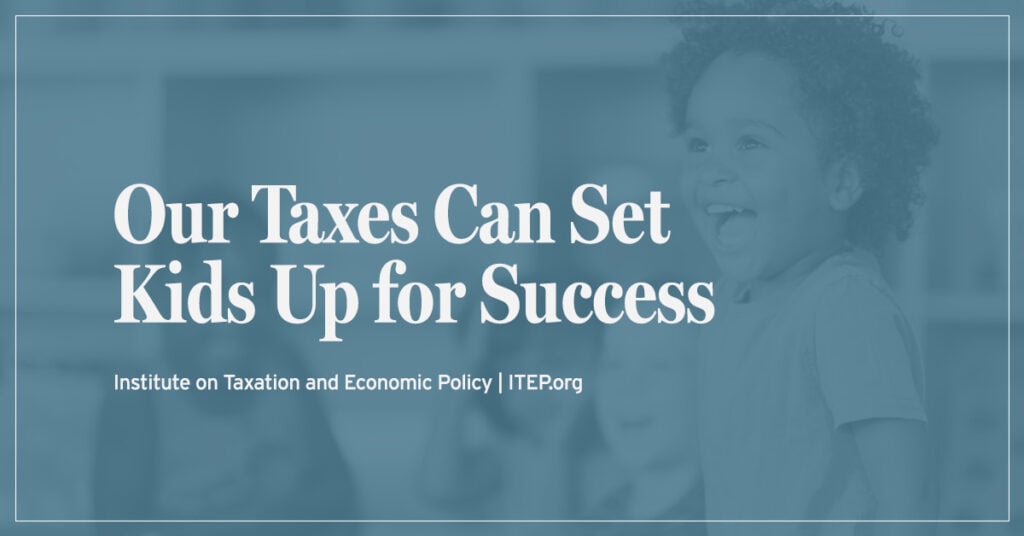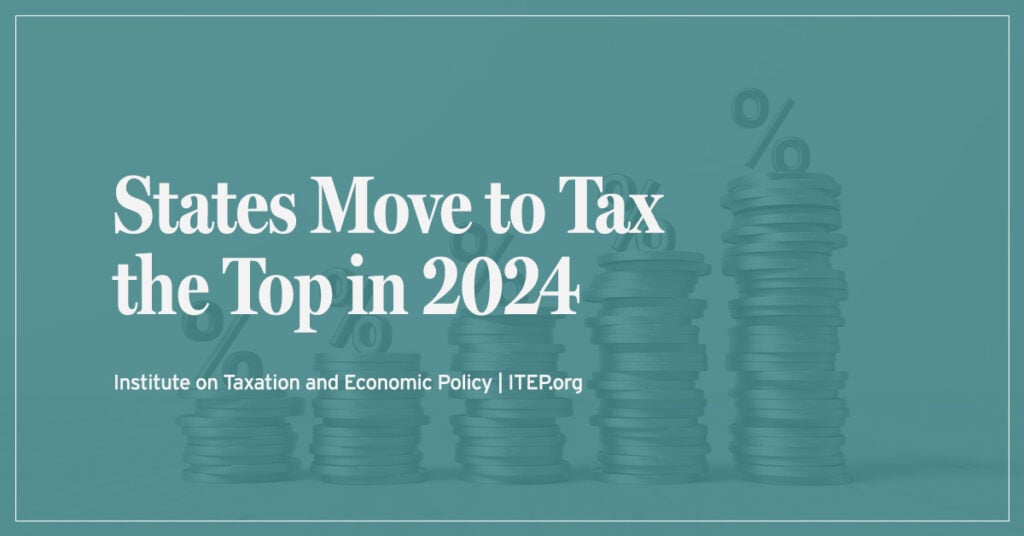Tax Expenditure Evaluation: Comments to the Vermont Senate Committee on Finance
By: Carl Davis, ITEP Research Director
January 13, 2016
Thank you for the opportunity to comment on Vermont’s effort to establish a system for regularly evaluating its tax expenditure programs. Data-driven tax expenditure evaluations are a valuable tool for gauging the effectiveness of policy initiatives pursued via the tax code. ITEP is supportive of Vermont’s efforts in this area and is generally encouraged by the work completed thus far by groups such as the Joint Fiscal Office and the Pew Charitable Trusts. Rather than rehash the many useful recommendations made by those organizations, these comments focus on two areas that may be in need of further attention: the scope of what is labeled a “tax expenditure,” and the importance of data infrastructure advancements to the success of these evaluations.
Tax Expenditures Inherited from the Federal Government
Tax expenditures are policy initiatives that are built on top of an underlying tax structure. Identifying that underlying structure is the first step in determining which tax laws should be classified as “tax expenditures.”
For Vermont’s personal and corporate income taxes, the underlying tax structure has been assumed to start with “Federal Taxable Income”—a fairly narrow measure of income that is heavily impacted by tax expenditures made available at the federal level. Defining the state’s tax structure in this way means that tax expenditures that Vermont offers primarily as a result of federal policy choices are not currently analyzed in the state’s tax expenditure report and are also likely to be excluded from the evaluation system currently under discussion.
This is problematic in part because tax expenditures inherited from the federal government may, in some cases, have already received less scrutiny in Vermont than tax expenditures that were designed and explicitly approved by state lawmakers. Moreover, it is unlikely that the policy goals motivating members of the U.S. Congress are identical to those goals that Vermont lawmakers would choose independently to pursue. This is evidenced, among other ways, by the fact that decoupling from federal tax expenditures has been among the most active areas of state tax policy in recent years—including recently in Vermont with the repeal of the state income tax deduction and the capping of itemized deductions more generally.
In addition, an examination of the tax expenditures being overlooked in this case reveals that at least some of them have specific policy goals that data-driven evaluations are well-suited to address. The Qualified Production Activities Income (QPAI) deduction (aimed at boosting the manufacturing economy) and the charitable contribution deduction (aimed largely at boosting philanthropy) are just two examples.
Moving forward, serious consideration should be given to expanding this evaluation system to include those tax expenditures embedded in the definition of Federal Taxable Income.
Making Progress in Data Collection
The wide variety of tax expenditure goals and designs that exist in Vermont will require that evaluators employ a variety of datasets and analytical techniques to evaluate their effectiveness. In some cases, however, the data may not yet be compiled in the manner needed to conduct a rigorous evaluation (for example, a panel dataset that follows individuals or business over time, or an integrated dataset with information on the taxes paid under a variety of different taxes).
At the federal level, the Office of Management and Budget (OMB) has long cited “data availability” issues as one of the primary reasons it has yet to systematically evaluate tax expenditures. As Vermont moves forward with what should be a recurring evaluation cycle, the state should be aware that the initial round of evaluations could be hindered by data limitations. If this is the case, the evaluators should identify, for any given tax expenditure, the specific types of datasets that would allow them to conduct a more meaningful evaluation in the future. More importantly, once a data limitation has been identified, lawmakers, tax officials, and evaluators should be ready to take action to remedy it (such as by modifying tax forms or improving information technology systems) in advance of each tax expenditure’s next scheduled evaluation.
Thank you again for the opportunity to submit these comments.





